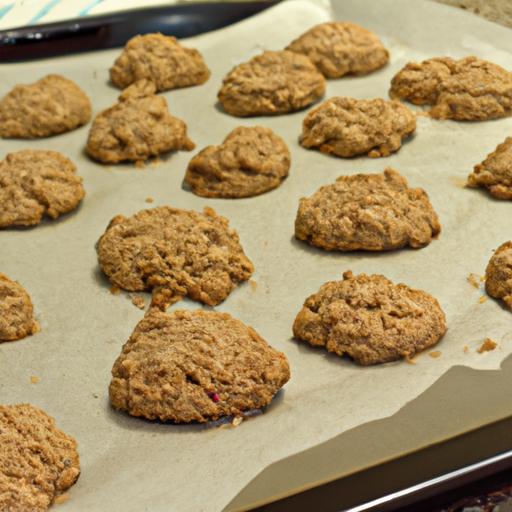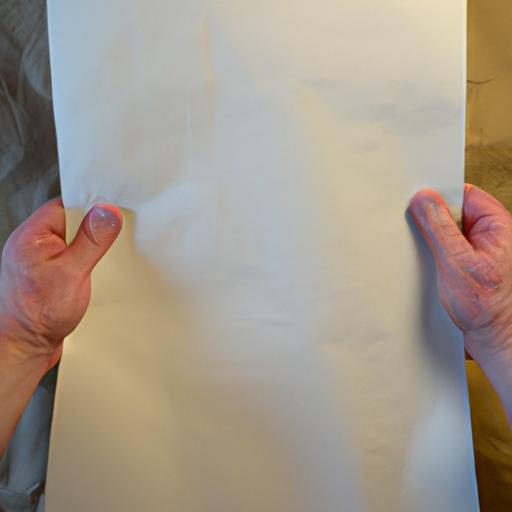What Does Parchment Paper Do? The Ultimate Guide to Parchment Paper for Cooking and Baking
Table of Contents
Parchment paper is a versatile and essential tool for any kitchen. Whether you’re baking cookies, roasting vegetables, or cooking fish, parchment paper can make your life much easier. In this guide, we’ll explore the various uses of parchment paper, how it works, the benefits of using it, and the different types available.
Introduction to Parchment Paper

Parchment paper is a silicone-coated paper that is used in cooking and baking. It’s a non-stick and heat-resistant paper that can be used to line baking sheets, prevent food from sticking to pots and pans, and even wrap food for cooking. It’s an essential tool for any home cook or professional chef, and it’s easy to find in most grocery stores.
One of the most significant advantages of using parchment paper is that it prevents food from sticking to the pan or baking sheet. This means that you won’t have to worry about scrubbing off burnt-on food or using excessive amounts of oil or butter to prevent sticking. Additionally, parchment paper can help your food cook more evenly, preventing hot spots and ensuring that everything is cooked to perfection.
Uses of Parchment Paper
Prevents Sticking
As mentioned, one of the primary uses of parchment paper is to prevent food from sticking to pots, pans, and baking sheets. This is especially helpful when baking cookies, as it can be challenging to remove them from the sheet without breaking them. Parchment paper ensures that your cookies will slide off the sheet with ease, allowing you to transfer them to a cooling rack without any hassle.
Additionally, parchment paper can be used to wrap food for cooking, such as fish or vegetables. This prevents the food from sticking to the pan or grill and makes cleanup much easier. It’s also helpful when cooking foods that are prone to falling apart, as the paper can help hold them together.
How Parchment Paper Works
Non-stick Properties
Parchment paper has non-stick properties due to its silicone coating. This coating prevents food from sticking to the paper, which means that you can avoid using oil or butter to grease your pans or sheets. This is especially beneficial for those who are watching their calorie intake or trying to eat healthier.
Heat Resistance
Parchment paper is heat-resistant, which means that it can withstand high temperatures without burning or melting. This makes it perfect for use in the oven, on the grill, or over an open flame. It’s also microwave safe, which means that you can use it to cover food that you’re reheating without worrying about it melting or sticking.
Moisture Resistance
Another benefit of parchment paper is that it’s moisture resistant. This means that it won’t absorb moisture from the food or release moisture into the food, which can affect the texture and flavor. This is especially helpful when cooking foods that are prone to becoming soggy, such as roasted vegetables or baked goods.
Benefits of Using Parchment Paper
Health Benefits
As mentioned earlier, using parchment paper can help you avoid using excessive amounts of oil or butter when cooking, which can help reduce your calorie intake. Additionally, parchment paper is non-toxic and doesn’t release any harmful chemicals into your food, making it a safer option than some other types of cooking materials.
Environmental Benefits
Parchment paper is an eco-friendly option compared to other types of cooking materials. It’s biodegradable and compostable, which means that it won’t contribute to landfill waste. Additionally, some brands of parchment paper are made from sustainable materials, making them an even more environmentally friendly option.
Cost-effective
Using parchment paper can be a cost-effective option for home cooks and professional chefs. While it may seem like an unnecessary expense at first, it can actually save you money in the long run by reducing the amount of oil or butter you need to use, preventing wasted food due to sticking, and making cleanup easier and faster. Additionally, because parchment paper can be reused multiple times, you can get more use out of it than other disposable materials.
Types of Parchment Paper
There are a few different types of parchment paper available, each with its unique properties and uses. Here are the most common types:
Unbleached Parchment Paper
Unbleached parchment paper is made from natural materials and is not chemically treated. It’s a great choice for those who are looking for an eco-friendly option, as it’s biodegradable and compostable. Unbleached parchment paper is best used for lower-temperature baking and cooking, as it’s not as heat-resistant as some other types.
Silicone-Coated Parchment Paper
Silicone-coated parchment paper is the most common type and is widely available in grocery stores. It’s coated with food-grade silicone, which gives it its non-stick properties and makes it heat-resistant. Silicone-coated parchment paper can be used for a variety of cooking and baking tasks, including lining baking sheets, wrapping food for cooking, and preventing sticking.
Quilon-Coated Parchment Paper
Quilon-coated parchment paper is coated with a chemical called quilon, which gives it its non-stick properties. However, quilon is not considered to be food-safe by some organizations, and it may contain trace amounts of heavy metals. For this reason, it’s not recommended for use in cooking or baking and is best avoided.
Conclusion
In conclusion, parchment paper is an essential tool for any home cook or professional chef. Its non-stick and heat-resistant properties make it ideal for a variety of cooking and baking tasks, from lining baking sheets to wrapping food for cooking. Parchment paper provides numerous benefits, including easy cleanup, even cooking, and preventing sticking. With various types available, including unbleached and silicone-coated parchment paper, there’s an option for everyone. So next time you’re in the kitchen, be sure to reach for the parchment paper and enjoy the many benefits it provides.

